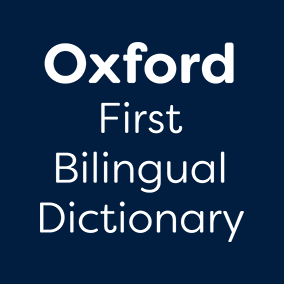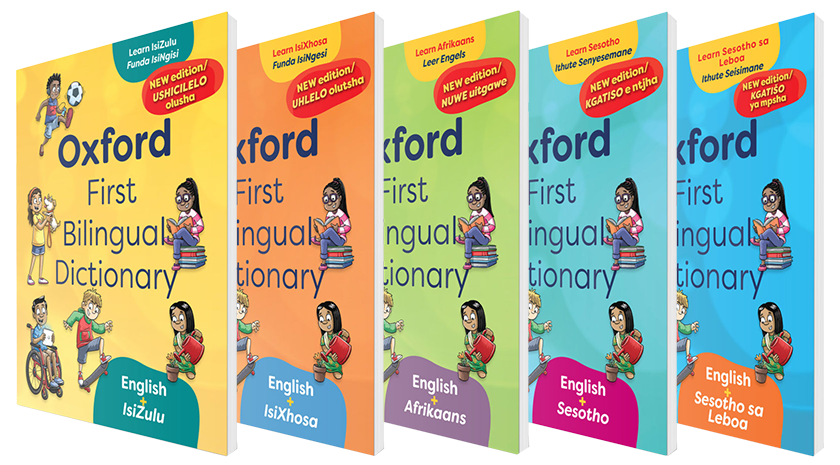The textbook cost debate keeps raging on. People complain bitterly about how expensive certain textbooks are and believe that the only solution is to go digital. The solution seems so simple! But unfortunately it is not so simple. Allow me to explain using an example.
You are at the beach on a hot day and you go to the local shop for a soft serve. Nothing fancy, just ice cream and a cone. When the shopkeeper rings it up he wants to charge you R30. You think this is way too much, I mean, how much can a cone cost? And the ice cream is just a bit of cold milk and sugar? You walk off thinking that the shopkeeper completely overcharged you and must be making a killing. But let us really look at the true cost of getting that ice cream and cone into your hand. The cone is easy to buy off the shelf, easy to store and relatively cheap. The ice-cream is a bit trickier; you need a special ice cream mix that is a bit harder to source and you need a special machine that runs off electricity to keep the ice cream iced.
That is it, right? Not really! You also need to train someone to operate the machine, pay that person to serve the ice cream, you need a shop or vehicle to serve the ice cream from, perhaps you need someone else to do the ordering of the ingredients, you need insurance for when your ice cream machine breaks because without it you get no money. I am sure there are other costs, but you get the general idea. All of a sudden the simple ice cream is not so cheap to produce anymore.
The idea that an e-book is infinitely cheaper than a print book is like thinking you can buy a soft serve ice cream and pay only for the cone. The cone is the easy bit. Similarly the printing of a book is the easy bit. Making the ice-cream, creating the content of the book, is the tricky and expensive part. The real cost is in the development of the book; sourcing reputable authors, paying the authors royalties, storing and then transporting the books to the students, keeping the lights and the computers on while editing and proofreading, paying for permissions for the pictures and graphics you use in the book, designing the cover and inside of the book and taking the time to make the best possible book. That is where the cost is incurred, not so much in the printing. And if you are talking e-books you still have to do all of those things, plus you need to convert them into a readable e-book format. So you are replacing the printing cost with digital development. The more interactive features your e-book has, the more the development of those features will cost.
There is a place for both traditional printed textbooks and for e-books. The main difference between the two is in how students relate and interact with the books, not in how much they cost.
Yolandi Farham, TVET Publisher, Oxford University Press Southern Africa





